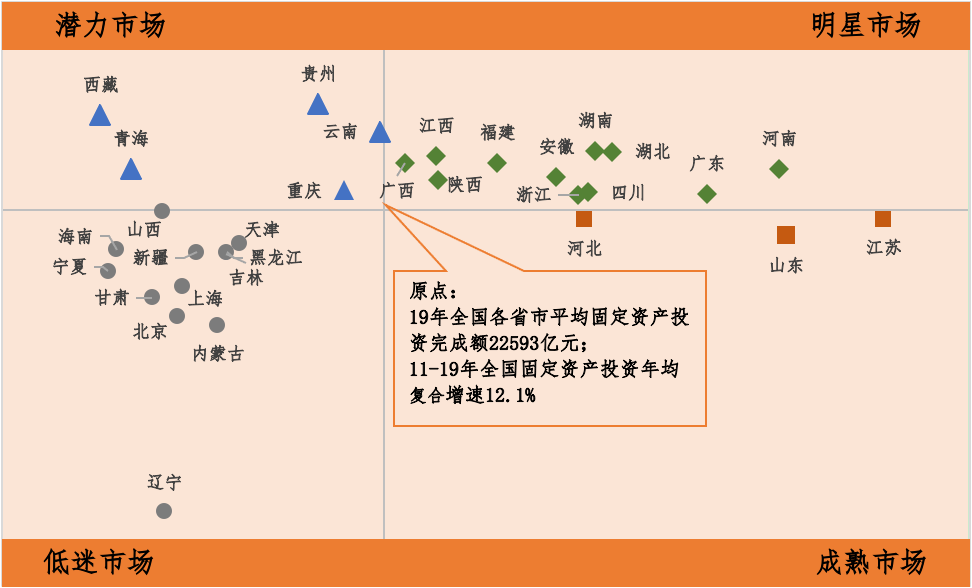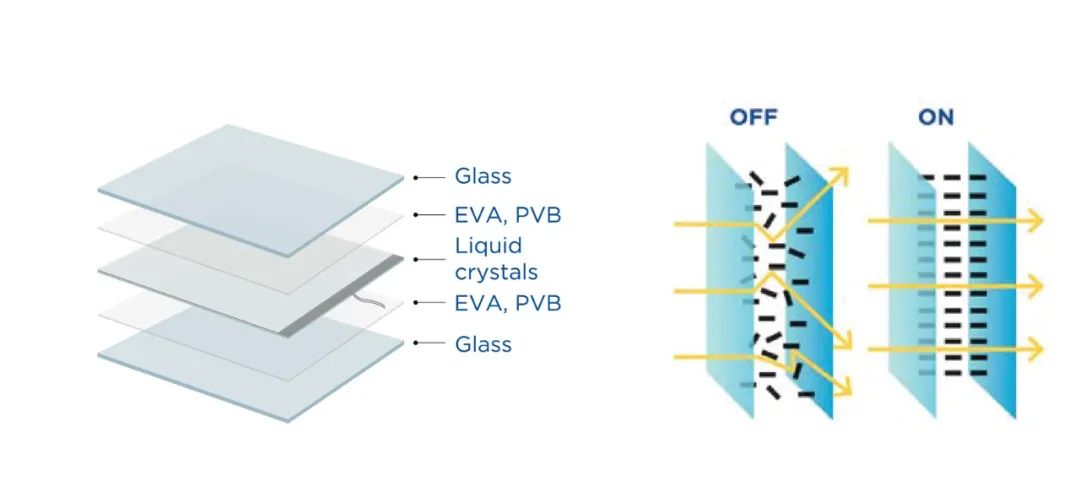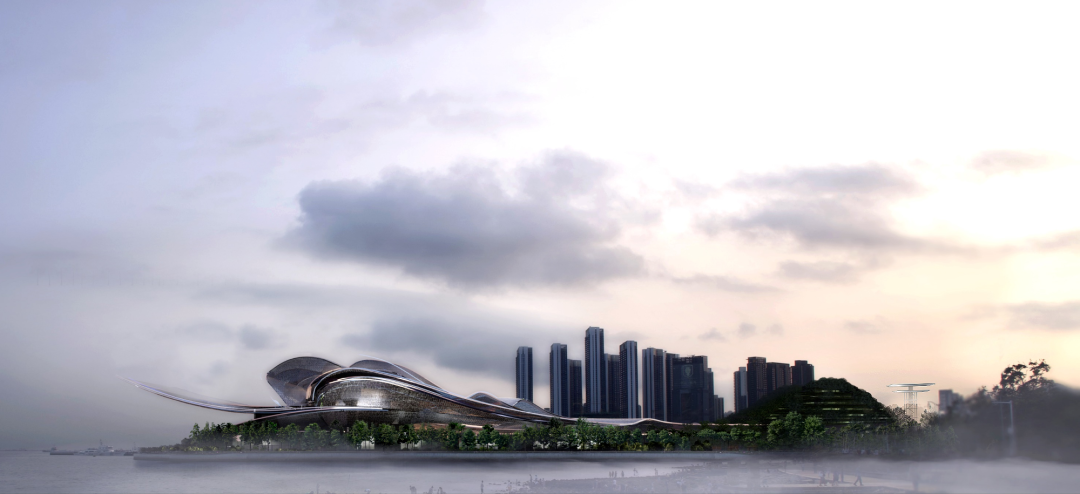Since its development, the construction industry has undertaken the important mission of national reform and opening up and economic take-off, and also has experienced and sublimated in the process of mission accessibility
. 
Now, the construction industry is facing the arrival of the watershed, and the enterprises are facing the situation of “no cake (business), no dish (ability), no knife and fork (resources)”
. 
The dilemma of endogenous development makes many construction enterprises want to follow the practice of real estate enterprises / technology Internet enterprises in building “the second headquarters”
.
However, whether the prescription of “the second headquarters” is right or not needs to be considered from two aspects: sufficiency and necessity
.
In logic, if proposition p can deduce Q, then p is a sufficient condition for Q
.
Put it into the context of this article, we can get question 1: Why build the “second headquarters”? Or what is the starting point of establishing the “second headquarters”? Or what do you want to achieve through the “second headquarters”? The author thinks that there are three starting points for construction enterprises to establish “the second headquarters”
.
▌ 1
.
Why? Starting point 1: Based on the needs of strategic development, scenario 1: the needs of strategic transformation of enterprise a
.
For example, the strategic vision of enterprise a has changed, from “general contractor of construction” to “comprehensive construction service provider”, which requires enterprises to re-examine themselves and carry out adaptive strategic layout from the aspects of industrial structure, regional layout and industrial chain extension
.
Scenario 2: the need of implementation of enterprise a’s strategic planning
.
Although the business of enterprise a is all over the country, its main business market is in a certain region
.
Secondly, the group consciously leads the group to expand policy dividend areas and development potential hot areas through strategic planning
.
However, due to improper methods and methods, the group has been carrying out market expansion for many years and has been unable to open up the situation
.
Scenario 3: the strategic requirements of the superior unit of enterprise a (state / government / SASAC / parent company), or the requirements of entrepreneur a
.
Starting point 2: Based on the needs of regional / industrial expansion, scenario 1: enterprise a’s current regional layout is narrow, impacted by the entry of foreign enterprises, and the growth of business scale in the future is more restricted, and the market development space is small
.
It is urgent to find a new focus of scale development through opening up regional markets outside the province
.
Scenario 2: the emerging industries of enterprise a need related supply chain and experimental field
.
For example, the subway and urban rail transit industry need to choose the regional market with market space and complete industrial chain
.
Based on the consideration of “investment and financing, survey and design, vehicle manufacturing, equipment manufacturing, construction, operation and maintenance” and other aspects of the industrial chain, a new headquarters is built
.
Scenario 3: enterprise a acquires other enterprises above Designated Size B at home and abroad, so it establishes “the second headquarters” in enterprise B region
.
Starting point 3: Based on the needs of high-end marketing, hypothetical situation: in marketing, the marketing work of some large customers (such as the government and big owners) in a specific region needs high-level docking
.
In view of the three starting points, backtracking question 1, do these goals have to be achieved through the “headquarters”? Can divisions, regional entity companies, regional headquarters and regional business divisions also achieve the above objectives? Question 2
.
▌ 2
.
Whether to build “headquarters”? (1) It is more appropriate to build “regional headquarters” to realize the purpose of starting point 1 “based on the needs of strategic development”
.
It mainly implements the requirements of the higher authorities and carries out market expansion
.
The reason is that the regional construction state-owned enterprises have a high degree of project undertaking and reserve concentration, prominent advantages of deep cultivation, and high proportion of development weight of the base camp
.
On the one hand, it is not conducive to the smooth development of the regional construction headquarters, but also to the uncertainty of the regional development
.
Therefore, “regional headquarters” has strong applicability under the strategic deployment of “deep cultivation and outward expansion”, in which market expansion is the first important
.
(2) Building “regional entity company” to realize the starting point 2 “based on the needs of regional / industrial development”, building “regional entity company” not only meets the needs of market development, but also has the positioning function of production and project management, which requires to expand the market, carry out production and deepen management
.
The regional entity company performs the positioning function of “marketing center, production and operation center and project management center” Yes
.
It is easier to set up “regional entity company” in the target area to enter the market, at the same time, it is more convenient for direct management of business in different regions, reducing intermediate costs and concentrating on opening up the market situation; it is convenient for industrial separation management, business division and cooperation, and improving collaborative efficiency
.
Under the “regional entity company”, the diversified development of large-scale construction enterprises can use this mode to reasonably integrate business sectors and arrange the development focus of different industries, which will help to improve the development efficiency and benefit of different sectors
.
(3) Build “the second headquarters” to realize the starting point 3 “based on the needs of high-end marketing”, establish “headquarters”, and improve the docking level of marketing work of key customers (such as government and company owners)
.
In logic, necessity is the necessary condition to achieve the goal, “if proposition p can deduce Q, then q is the necessary condition of P”
.
After answering the above two sufficiency questions, I want to answer the first necessity question
.
If regional headquarters, regional entity companies, or even “second headquarters” are established, what is their positioning? To what level? ▌ 1
.
What is the “headquarters” like? (1) From the growth stage of “headquarters”, it is not difficult to find that the different maturity and scale of “headquarters” lead to the differentiation of “headquarters” positioning, which also indicates the positioning and development trend of the new “second headquarters”
.
According to the maturity and scale of the “headquarters”, the headquarters can be roughly divided into three levels
.
In different development stages, the positioning of the headquarters is very different, as shown in the figure below: the development stage and positioning of the headquarters
.
At the headquarters level, the third level headquarters must have three central positioning of “market development, production and operation, and project management”; the second level headquarters should be added“ At the same time, the center positioning of “production and operation, project management” is removed; the center of “business incubation, risk control” is added to the three-level headquarters, and the center positioning of operation and market is deleted
.
Generally speaking, for large-scale enterprises, it is not easy for the former headquarters to reach the first level headquarters and the construction level of the second headquarters to meet the requirements of the second level headquarters
.
(2) In addition to the role of no clear regional selection factors, such as “following big customers and big projects”, the location of “headquarters” can be combined with the regional economic development level and market scale of each region, carefully do a good job in the planning and research of the early establishment of field headquarters, and select the cities with large construction market scale and sufficient market development potential for field headquarters in combination with their own scale development goals The construction work of the Ministry
.
For example, taking the average annual compound growth rate of fixed asset investment completed in all provinces and municipalities from 2011 to 2019 and the average value of fixed asset investment completed in all provinces and municipalities in 2019 as the starting point of comparison, according to the size of market scale and market potential, the regions are divided into star market (high scale and high potential), potential market (low scale and high potential) and depressed market (low potential) Scale low potential) and mature market (high scale low potential)
.
The layout of the field headquarters should focus on the star market and potential market, and appropriately consider the layout in the key cities in mature regions.
.




